Your Cart is Empty
free shipping on orders above $99
Menu
-
- Shop
- Product Support
- Media
- Product Registration
- About Us
-
- 1-877-245-9113
- Login
-
United States (USD $)

free shipping on orders above $99
Duck Calling - The Basics
How to Hold the Call
Hold the call in the hand that you don’t write with. This is for safety. Hold your gun with your best hand. Learn to hold the call with your off-hand. Put the small end piece of the call (the insert) between your thumb and index finger and form a semi-salute. Now put the barrel end (mouthpiece) to your mouth as if you were drinking out of a Coke bottle. You should lay the call on your bottom lip and make your top lip mirror the top edge of the call and then form a seal so that no air leaks out when you operate the call.
Air Presentation & The Basic Quack
Say the word “Quit” into the call. Other reference words to say into the call are “Hut” or “Dut”. Force the air up from your diaphragm just like you would push your air out as if to fog a window. Do not puff your cheeks out and blow. Another way to describe bringing air out of your diaphragm is to imagine a quarterback stepping up to the line and calling "Hut-hut" to snap the ball. That air is coming out of his gut, not his normal voice. Cut the air off with your tongue against the roof of your mouth to give each note a sharp, distinct ending.
IMPORTANT NOTE: at this stage of the learning process, it’s important to master the presentation of air into the call without adding voice or grunting into the call. Grunting into the call may feel like a shortcut for achieving rasp and a deep tone, but it will severely limit realism and your ability to expand your calling range
Cadence
To get the cadence of a hen mallard, think about the nursery rhyme “Three Blind Mice”. In your mind, say the words, just the way the musical rhyme plays out and you will have the cadence of a hen mallard:
Three-blind-mice
Quack-quack-quack
After you perfect this three-note series of quacks, just add a quack or two on the end to complete the normal calling sequence of a hen mallard:
Quack-quack-quack-quack
Quack-quack-quack-quack-quack
Greeting Call
Now that you are presenting air into the call correctly and understand the right cadence, it’s time to start learning specific calling tactics. The most basic is the greeting call. The greeting call is used when ducks fly reasonably close to your spread, but they aren’t necessarily coming toward you yet - the purpose of this call is to casually get the attention of these close-range ducks. You’re simply trying to say, “hey, were down here and everything is ok if you want to join us”.
Perform the greeting call by using the four-note and five-note quack sequences described above. Three to four of these sequences are usually sufficient to either turn the birds into your spread or determine if those ducks need louder or more aggressive calling.
Next Step: Duck Calling - Intermediate Level
Subscribe
Sign up to get the latest on sales, new releases and more …

Closed for the Holidays
ANY order placed after 12:00 PM CST on December 23, 2025 WILL NOT ship until January 5, 2026.
Regular business hours will resume on January 5, 2026.
Merry CHRISTmas and Happy New Year!
